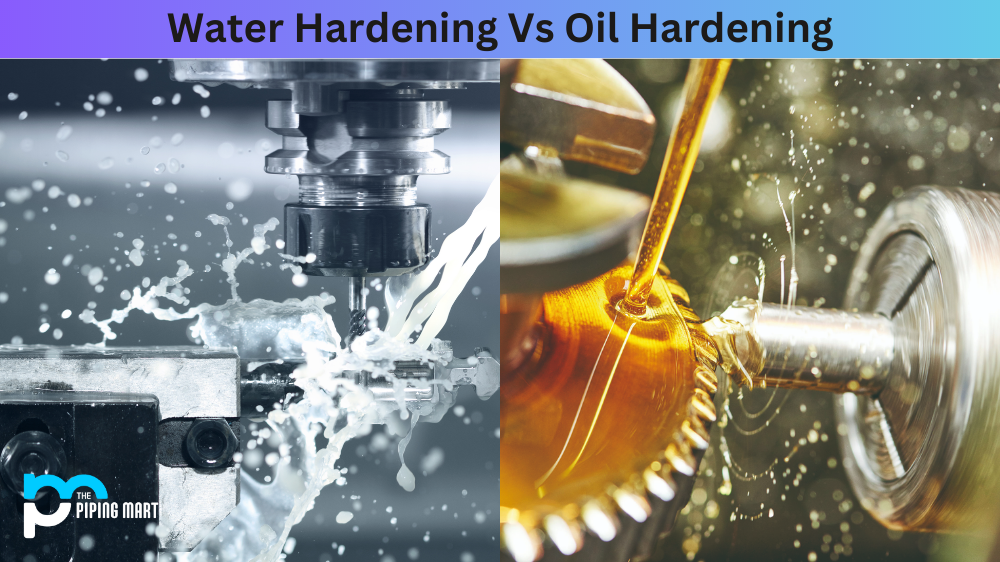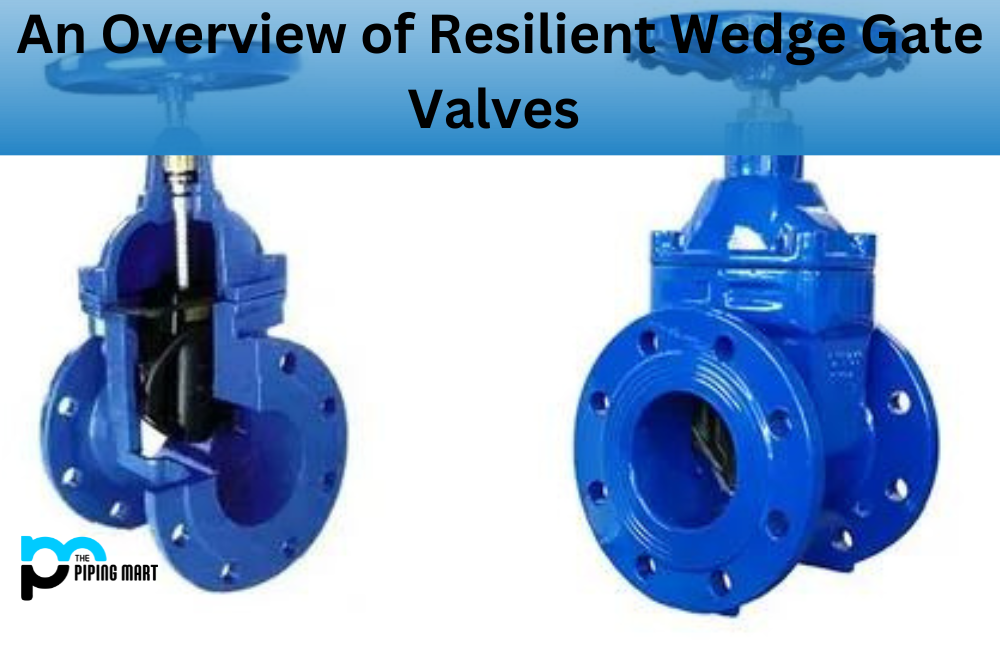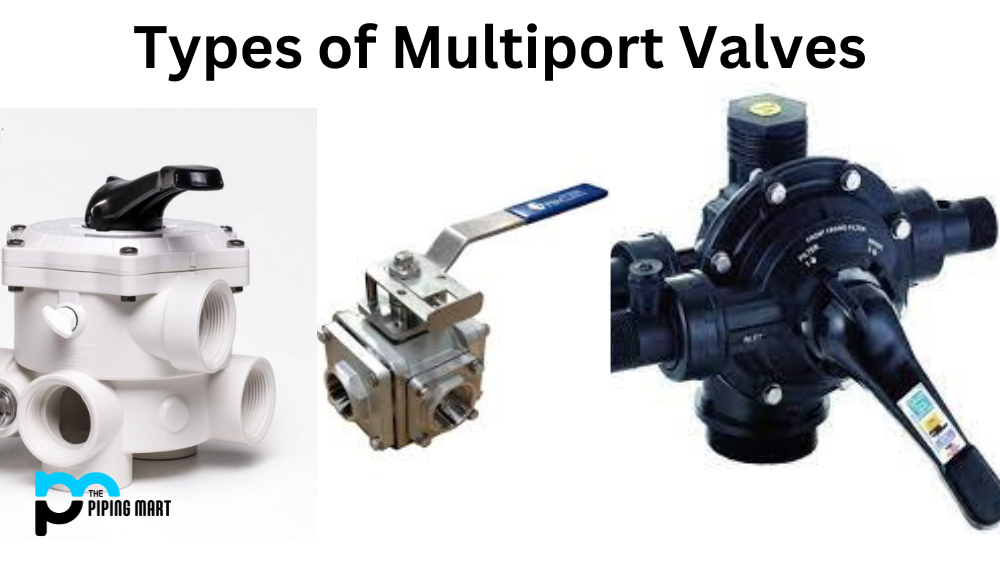Hardening becomes an essential procedure for keeping your metal tools durable and long-lasting. Hardening refers to making metal alloys harder and more resilient by subjecting them to treatments that alter their molecular structure. These treatments are called tempering and quenching. Water hardening and oil hardening are two leading methods of quench hardening that people use to strengthen metal alloys. Although both techniques follow the same principles, their approach and results differ. In this blog post, we’ll examine the differences between water and oil hardening and help you pick the best suits your needs.
Water Hardening
Water hardening quickly cools the metal alloy by dipping it into a water bath or liquid medium. The sudden temperature change allows the metal atoms to arrange into a tightly packed structure, giving the alloy its much-coveted toughness and wear resistance. Water hardening is ideal for steel alloys with high carbon content, as they are more responsive to quenching. However, the cooling speed of water hardening can also warp or crack the metal, so it requires extreme care and precaution.
Oil Hardening
Oil hardening also involves quenching the metal in a liquid, but oil is used as a coolant rather than water. The oil-bath process is more gradual and cools the metal down more slowly, allowing it to maintain its shape, strength, and hardness. Oil hardening is excellent for alloys with low or medium carbon content or for materials more prone to cracking, such as cast iron, copper, or brass. Unlike water hardening, oil hardening does not cause rapid stress changes, thus minimizing the risk of warping or cracking.
Which One is Best?
Choosing between water and oil hardening depends on the type of tool you are working with, its composition, and the application it is designed for. Water hardening can provide the toughness and sharpness you need if you are working with high-carbon steels, such as carbon steel knives. On the other hand, if you are dealing with lower-carbon alloys such as mild or structural steel, oil hardening is a more suitable option, as it hardens the material without causing unwanted changes to its properties. It’s worth noting that water hardening is also more efficient than oil hardening when it comes to producing a more complex, more wear-resistant surface.
How To Harden Your Tools
The hardening process requires some skill and knowledge, involving many steps, such as annealing, quenching, and tempering. It’s essential to follow the instructions carefully and use the right equipment, including heat sources, quenching baths, and thermometers. Additionally, it’s vital to take precautions such as wearing protective gear and working in a well-ventilated area.
Difference Between Water hardening and Oil hardening
- Water hardening is a process of hardening steel by quenching it in water.
- Oil hardening is a process of hardening steel by quenching it in oil.
- Water hardening is faster than oil hardening.
- Oil hardening produces more rigid steel than water hardening.
- Water hardening is more likely to cause cracking than oil hardening.
- Oil hardening is more expensive than water hardening.
- Water hardening is less controlled than oil hardening.
- Oil-hardened steel is more corrosion-resistant than water-hardened steel
Conclusion
Hardening is essential to keep your tools durable, long-lasting, and wear and tear-resistant. Water and oil hardening are two popular methods of quenching, each with its unique features and benefits. Water hardening is more suitable for high-carbon steels, where toughness and wear resistance are the primary requirements. On the other hand, oil hardening is ideal for low or medium-carbon alloys, where maintaining the shape and structure of the material is critical. Whatever method you choose, follow the instructions carefully, use the right equipment, and take the necessary precautions to ensure a safe and successful hardening process.

A passionate metal industry expert and blogger. With over 5 years of experience in the field, Palak brings a wealth of knowledge and insight to her writing. Whether discussing the latest trends in the metal industry or sharing tips, she is dedicated to helping others succeed in the metal industry.




